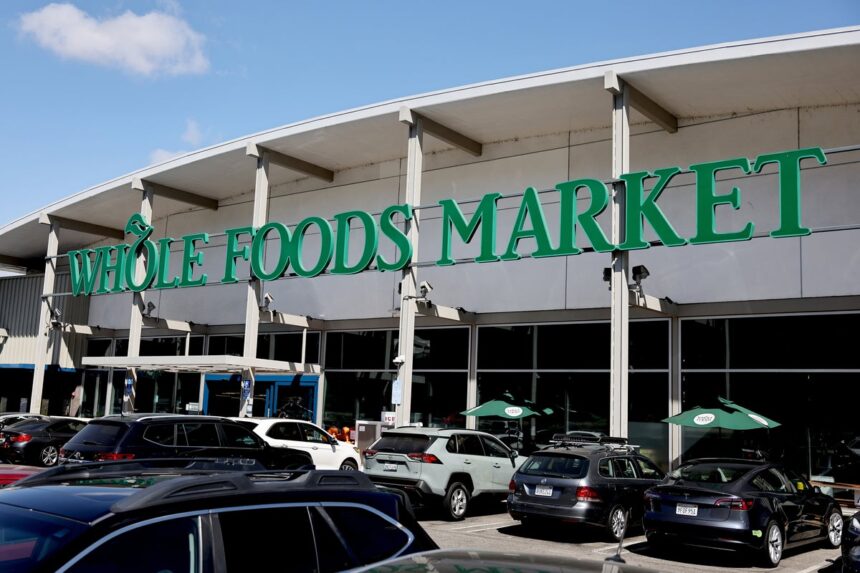In what security experts are calling one of the most disruptive supply chain attacks of the year, United Natural Foods Inc. (UNFI), the primary distributor for Whole Foods Market and numerous other grocery retailers across North America, has fallen victim to a devastating cyberattack that threatens to empty shelves and disrupt food delivery systems nationwide.
The digital assault, confirmed late Tuesday by company officials, has forced UNFI to revert to manual ordering systems as their digital infrastructure remains compromised. The timing couldn’t be worse—coming just as many Americans prepare for spring gatherings and holidays that typically see increased grocery demand.
“We’re witnessing cascading effects throughout the supply chain,” said Dr. Rebecca Harrington, cybersecurity analyst at the Toronto Institute for Digital Security. “When a distributor of UNFI’s scale experiences this level of disruption, the impacts extend far beyond a single retailer.”
UNFI serves as the lifeline for over 30,000 retail locations, including not only Whole Foods but also independent grocers, specialty stores, and major supermarket chains across the United States and Canada. The distributor handles everything from organic produce to specialty health products—precisely the high-margin items that differentiate premium grocers from their competitors.
At Whole Foods locations in major metropolitan areas, evidence of the disruption is already visible. Store managers report noticeable gaps in specialty produce sections, while the availability of fresh seafood and certain organic meats has become increasingly unpredictable. One Toronto location manager, speaking on condition of anonymity, described the situation as “challenging but manageable for now,” though expressed concern about prolonged disruption.
“We’re implementing contingency plans developed after previous supply chain disruptions,” the manager explained. “But there’s no perfect substitute for our primary distribution network.”
The cyberattack represents the latest in a troubling trend targeting critical infrastructure and essential services. According to the Canadian Centre for Cyber Security, attacks on food supply chains increased 37% in 2023, with sophisticated criminal organizations specifically targeting distribution networks rather than individual retailers.
Security analysts believe this strategic shift allows attackers to maximize disruption while targeting fewer, more valuable systems. The economic impact extends well beyond the immediate costs of addressing the breach.
“When distribution systems go down, we’re talking about perishable products with limited shelf life,” explained Morgan Thornberry, retail supply chain analyst. “Every day of disruption means potential product loss measured in the millions of dollars, not to mention the downstream effects on retailers who can’t get merchandise to sell.”
UNFI has released limited details about the nature of the attack, though cybersecurity experts speculate it bears hallmarks of ransomware—malicious software that encrypts critical systems until victims pay for decryption keys. The company has engaged federal law enforcement and brought in specialized cybersecurity firms to investigate and restore operations.
For consumers, the most visible impact will likely be spotty availability of certain products rather than widespread shortages. Industry analysts recommend against panic buying, which typically exacerbates supply issues.
“The food supply chain has significant redundancy built in,” noted Dr. Cassandra Wei, professor of supply chain management at University of Toronto. “While certain specialty items may be temporarily unavailable, basic necessities should remain accessible through alternative suppliers.”
This incident raises deeper questions about vulnerability in our increasingly digitized food supply systems. As grocers and distributors continue integrating advanced logistics technology, do we risk creating single points of failure that could threaten food security? And perhaps more urgently, how can critical infrastructure providers better shield themselves against increasingly sophisticated digital threats that target our most essential services?
For the latest updates on this developing situation, visit our World News and Business sections.










